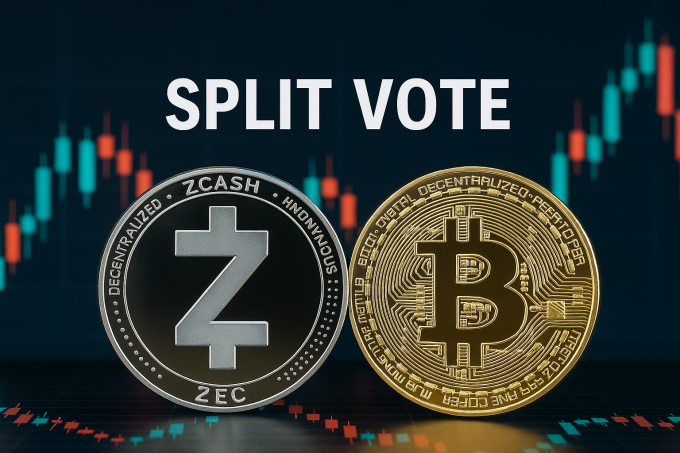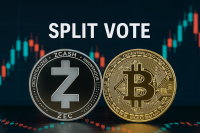Bitcoin exchange-traded funds are facing their deepest retreat since launching nearly two years ago, with U.S.-listed spot products seeing unprecedented outflows as crypto markets buckle under macro pressure and a rapid deterioration in investor sentiment.
The 11 spot bitcoin ETFs listed in the United States have recorded a combined $3.79 billion in outflows this month, surpassing the previous record of $3.56 billion set in February, according to data from SoSoValue. The exodus reflects the sharpest reversal in institutional positioning since the ETF approval wave that propelled bitcoin to new highs earlier this year.
BlackRock’s IBIT Leads Losses as Institutions Cut Exposure
BlackRock’s IBIT the world’s largest public bitcoin fund and once the fastest-growing ETF in history has seen more than $2 billion in redemptions in November alone. The move reversed part of the massive accumulation that made IBIT a bellwether for institutional interest across the digital asset landscape.
Thursday was particularly severe: U.S.-listed bitcoin ETFs experienced $900 million in daily outflows, their second-worst single session since debuting in January 2024. The scale suggests large funds are de-risking amid rising volatility, declining liquidity and concerns over the durability of the 2023–2024 bull cycle.
Ether ETFs suffered similar pain, with outflows reaching a record $1.79 billion, indicating that investor retrenchment is not limited to bitcoin but extends across major Layer 1 assets.
“The speed of outflows tells us institutions are moving to safety, not rotating within crypto,” one ETF market maker told SKN. “This is broad risk aversion, not selective selling.”
SOL and XRP ETFs Buck the Trend Amid Market Meltdown
In a rare sign of divergence within the sector, recently launched Solana and XRP ETFs remain strong magnets for capital despite broader market turmoil.
Solana-linked ETFs have attracted $300.46 million in net inflows in November, while XRP-focused products including the newly launched spot ETF have brought in roughly $410 million.
Part of this resilience stems from novelty: both products were introduced just as bitcoin and ether ETFs began losing momentum. Traders seeking exposure to “next cycle” narratives and alternative growth assets may be rotating into these newer ETFs while reducing holdings in BTC and ETH.
Still, analysts caution against overinterpreting the inflows.
“These are early-stage inflows into new listings, not signs of broader market strength,” said a digital asset strategist at 10x Research. “BTC and ETH dominate the institutional landscape. If their ETFs are bleeding at record levels, the overall market is weakening.”
Macro Uncertainty Drives De-Risking
The ETF outflows come amid a confluence of negative macro factors: falling global equities, fading confidence in a December Fed rate cut, persistent inflation risks and renewed volatility in tech shares following earnings disappointment across AI-linked sectors.
The MSCI All Country World Index posted its worst week since April, while bond yields swung sharply as investors sought safety. Crypto, typically the highest-beta risk asset class, has borne the brunt of the adjustment.
Bitcoin fell below $85,000 this week losing nearly 30% in November and ether slid under $2,750, its lowest level in four months.
ETF redemptions have amplified selling pressure during periods of low liquidity, accelerating the decline.
What Comes Next
With bitcoin ETFs now bleeding at the fastest rate in their history, analysts warn that continued outflows could pressure BTC below the key $80,000–$82,000 support zone. Stability will likely depend on:
• Whether institutions return to ETFs following the government reopening
• The December FOMC meeting and its implications for liquidity
• A slowdown in derivatives-driven liquidations
• Stabilization in global equities and AI-linked tech
Flows into Solana and XRP remain a bright spot, but they are not yet large enough to offset the deeper structural outflows hitting the crypto majors.
Investors now face the most fragile market structure since late 2022, with sentiment near extreme fear and no immediate catalyst in sight. A turn in ETF flows positive or negative will likely dictate the next major move.













Leave a comment